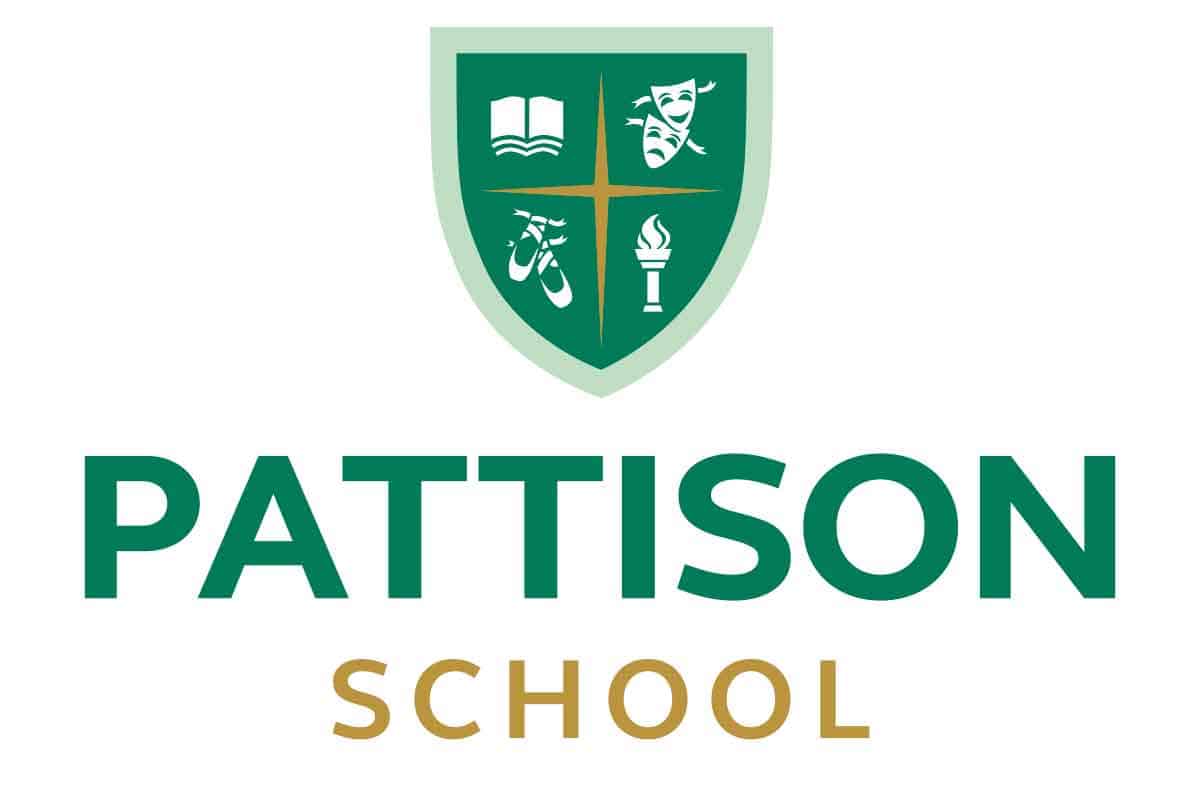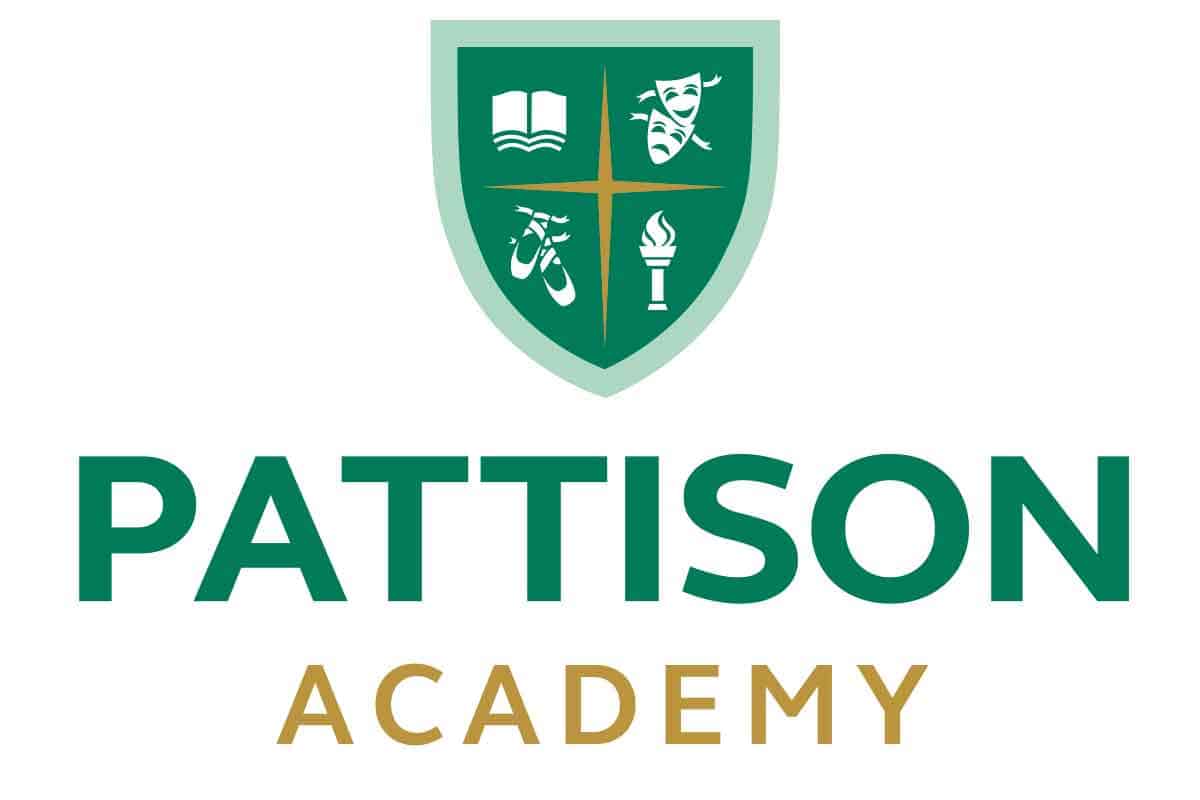HEADMASTER'S WELCOME
It is always a privilege to be Head of a school, but even more so when it is Pattison, a school with such a magnificent history where inspiration, aspiration and dedication have brought about the art of the possible in so many students who have passed through its doors. This is a very special school because it links a strong academic focus with a highly acclaimed performing arts pedigree, all brought together with a strong pastoral care for every student, from Nursery through to Academy.
Pattison is a non-selective school that offers excellent tuition and personal care where each student can shine and produce their best, in preparation for a bright future in whatever path they take after their time here.
It is a unique school, and only by visiting us will you see at first-hand all the positive strengths of the school and the enjoyment the students have in their learning and their creative skills. If you would like to see more, please contact Mrs Teresa Hanks at office@pattisons.co.uk or phone her on 024 7645 5031. We all look forward to welcoming you here.
Mr Charles Stafford-Northcote
Head


We welcome children from the age of 3 into our school, and we are participating in the government 15 and 30-hour scheme. Children receive an excellent start to their educational journey.

Moving from Early Years to Year 1 is a seamless transition. Along with their form teacher, pupils will have specialist staff for Art, Drama, Music, Dance, Sport and French.

This is our dance school section, with courses in all styles of dance offered, after school or on Saturdays. This is run by professionally trained dance teachers.
Wellbeing Wednesday offered pupils a gentle pause in the midst of the festive excitement. Children enjoyed some calming, mindful moments as they relaxed with Christmas colouring sheets and created their own Christmas cards to share with friends and family.
Soft, soothing Christmas music played in the background, helping to create a peaceful atmosphere where pupils could unwind, focus and express their creativity.
A lovely way to nourish wellbeing at this busy time of year!
Dec 17

What an amazing evening! A huge thank you to everyone who helped make this year’s Christmas Fair such a success. The teamwork, laughter and community spirit across the event were truly wonderful to see. It’s moments like these that remind us that the PTA is about so much more than fundraising—it’s about coming together to do something special for our children and our school.
Despite the rain putting a few people off, we are delighted to share that we still managed to raise an incredible £1,980 (plus small change!) through the raffle and the Christmas Fair.
While we do have some outgoing costs, we want to take a moment to celebrate the success of taking in such a fantastic total. This achievement reflects the hard work, enthusiasm and dedication of every volunteer, every contributor and every family who attended.
This Christmas Fair marks the final one led by our outgoing PTA Chair, Leigh Cunningham, who has given seven years of outstanding service. Leigh leaves the PTA in the hands of a brilliant new team who will undoubtedly continue to grow and strengthen our events in the years ahead.
We are all incredibly proud to be doing something that enriches the lives of our children and supports our amazing school. Thank you once again to everyone involved—you truly made it a night to remember.
The winners of the hamper raffle are below. All winners have been contacted.
1. Chocolate and Biscuits Hamper Winner`s name: Perrin
2. Sweet Treats Hamper Winner`s name: Kiren Boyal
3. Pamper Hamper Winner`s name: Vijay Dhamota
4. Movie Night Hamper Winner`s name: L Martin
5. Arts and Crafts Hamper Winner`s name: Midnight
6. Luxury Christmas Hamper Winners name: Perrin
7. £30 worth of Amazon Vouchers Winners name: Aria Law (for selling the most raffle tickets)
Dec 16

Inspired by our recent trip to the zoo, Reception and Year 1 have been busy designing and making their very own animal sock puppets. The children began by carefully planning which animal they wanted to create, selecting materials that would help them bring their ideas to life. This process enabled them to develop important design and technology skills, including cutting, joining and decorating with increasing control and independence.
Once completed, the puppets became characters in simple performances, giving pupils the opportunity to practise speaking, listening and storytelling in a fun and imaginative way. Their confidence grew as they used their handmade creatures to act out short scenes and share ideas with their classmates.
This creative project has been a wonderful way to link our zoo experience with hands-on learning in the classroom—combining art, design, communication and plenty of joyful imagination. Well done, Reception and Year 1!
Dec 15

The Prep School enjoyed a fabulous day out at Twycross Zoo, filled with learning, laughter, and a touch of Christmas magic. Pupils spent the morning exploring the zoo grounds, observing a wide variety of animals, and discovering more about the habitats and conservation efforts that protect them. Their curiosity and enthusiasm made every enclosure a new adventure.
In the afternoon, the children were treated to a lively Christmas panto-style show, which brought plenty of festive fun and excitement. This was followed by a special visit with Santa, making the experience even more magical.
Throughout the day, our pupils were excellent ambassadors for Pattison School—engaged, polite, and wonderfully inquisitive. It was a pleasure to spend the day with them, sharing conversations about wildlife, conservation, and of course, all things Christmas.
A truly memorable day for all!
Dec 6

Book your place today https://www.pattisons.co.uk/open-days/
Dec 5

Year 1 and 2 pupils have been diving into the exciting world of simple mechanisms in Design and Technology, discovering how everyday objects can move in wonderfully clever ways.
To begin, the children explored sliders and levers, experimenting with how these mechanisms can make pictures move up and down, side to side, or even pivot. They had great fun trying out different designs and discussing the type of movement each mechanism created.
Building on this hands-on investigation, the children then set about designing their own moving picture cards. They carefully planned what they wanted their card to show, selected the mechanism that would work best, and began thinking about how to make their creations bright, colourful, and truly eye-catching.
We have been so impressed by the children’s creativity, enthusiasm, and problem-solving skills. Their finished moving cards promise to be fantastic, and we can’t wait to share them with you soon!
Dec 4

This half term, Year 5 and 6 have been diving deep into the writing process as they planned, drafted, and edited their own short stories. The focus has been on crafting effective dialogue — not just what characters say, but how they say it.
Pupils explored how emotion, body language, and action can be woven around speech to shape a scene and influence how the reader feels. From tense whispers to excited exclamations, they learned how carefully chosen details can bring characters to life and add impact to their writing.
After producing and refining their drafts, pupils then took their work a step further by using technology and AI tools to enhance their stories. These digital tools supported them in improving grammar, punctuation, and spelling, while also helping them reflect on how to strengthen their narrative voice.
The result? Thoughtful, imaginative stories that showcase not only their technical skills but also their creativity and growing confidence as writers.
Dec 4

In Prep Assembly, Mrs Green led an important and thoughtful session on recognising bullying and knowing what to do if we ever feel worried or unsafe. With the help of our familiar Jigsaw resources, she shared a story about Jigsaw Jaz, who had been secretly writing down his worries and hiding them under his mattress.
Every night it was the same worry, and as the pile of notes grew, Jaz’s bed became lumpy and uncomfortable. It was only when he decided to talk to his friends — and then a trusted adult — that his worry was finally solved. The story reminded children that worries don’t go away when we hide them; they get heavier until we share them.
Mrs Green then asked an important question:
Is bullying the same as falling out with a friend?
Together, pupils learned that:
A disagreement or one-off unkind moment is not bullying.
Bullying is something repeated, whether it’s hurtful words or unkind behaviour.
It’s important to notice patterns and speak up if something keeps happening.
The assembly also revisited positive strategies for resolving friendship issues — including talking calmly, listening to each other, and trying to fix the problem together — as well as knowing when it’s time to involve a trusted adult.
Mrs Green ended with a reminder that no one should ever carry a worry alone.
If something doesn’t feel right, telling someone is the first and most important step.
A big thank you to Mrs Green for such a reassuring and meaningful assembly.
Nov 28



